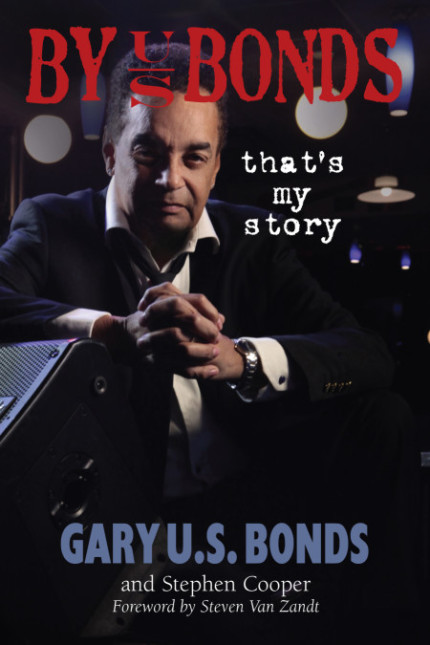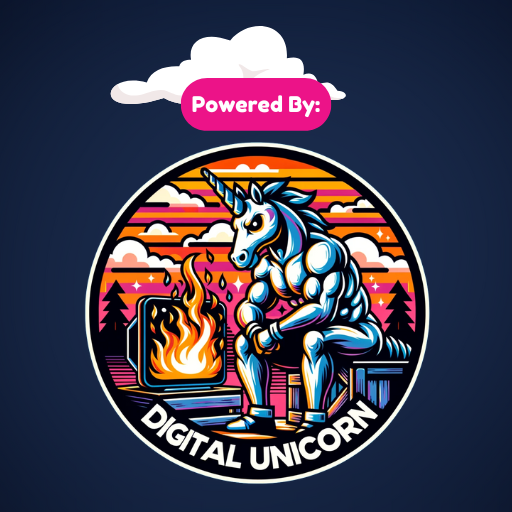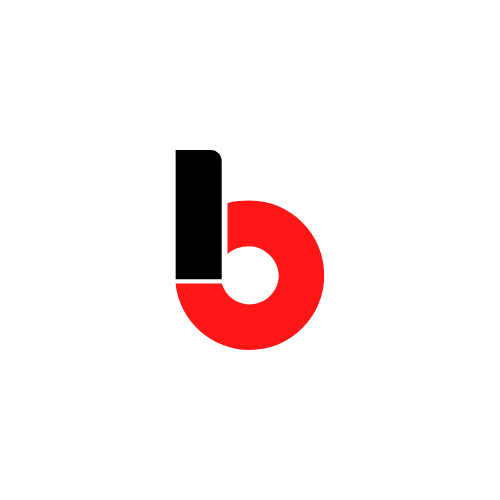
Long before his successful collaboration with Bruce Springsteen on the hit song This Little Girl, Gary U.S. Bonds was admired and used as inspiration for many of the top musicians from the ’60s on up to the present day. Gary has finally come to put his story into writing in his book, By U.S. Bonds, That’s My Story, where he reveals many interesting stories about his life in music. I talked with Gary recently, still spry and performing at age 75, about the book, some of the musicians he’s met and played with over the years and the joys of performing live.
Q: Gary, you prefer live songs over recordings. Why?
Because of the interaction with the people. Especially when the people really like what you’re doing, they like you, they like your songs, they exude a lot of energy and you feed off of that and it keeps the adrenalin going. You have a great time! It’s what being live is all about, what living is all about actually. I love that, even though I enjoy recording too, but doing it live is much better.
 Q: When you wrote the book, ‘By U.S. Bonds, That’s My Story’, did you have a favorite story from it?
Q: When you wrote the book, ‘By U.S. Bonds, That’s My Story’, did you have a favorite story from it?
Well, they’re all my stories. There was a time that we went back, Steven Cooper, the co-writer and he followed me everywhere and we had to go back over things that I’d grown up back homer with, friends, we went down to Norfolk, Virginia and he met all of my friends, those that were still living. We had a blast down there for a couple of weeks, just getting the stories out of them that I had totally forgotten. One of those stories that I had remembered, but then naturally as time went on, we started adding a little more spice to it so I had to cut that back down, get it back to reality, but it was good fun all along. A lot of the stories that I have from growing up down in Norfolk and becoming Gary U.S. Bonds. Those are the great stories for me.
Q:What’s a good one, when someone talks about stories? What is the first one you think of?
There is a story about when I was working down in Norfolk, this is one of the first jobs that I had and we went into Scotland Neck, North Carolina to do a job. The band was Sleepy King and His Band. Sleepy was a guy who emulated Chuck Willis, he wore a turban and the whole bit, he played piano. We went there to do a job and this was way back in the day and Ruth Brown was with us. She wasn’t THE MISS RUTH BROWN, she was Ruth Brown from Possum, Virginia. So it was me and her on the road and the guys in the band, a couple of cars, and on the way back after the gig, two or three o’clock in the morning we got stopped by the police, just for, I guess, being black and alone on the highway. The cops got us out and he says, ‘What are you guys doing?’ and I know he could see the big bass fiddle on top of the car. We said, ‘We’re musicians”. He said, Well then, you all must get out and play us something’. So we had to set up in the middle of the road at two or three o’clock in the morning and belt out a tune for the cops. Then they said, ‘Well you guys sound all right’. They left and we had to put the stuff back on the car and leave. That was one of the stories. We laugh about it now but it wasn’t that funny then. WE laughed about it before Miss Brown died and she was a star then, because they never asked her to sing but they asked me to sing! I guess they just didn’t have time to hear her.
Q: A lot of musicians have a great fan base and that’s it. With you, you have so many famous musicians like Springsteen, Steve van Zandt and John Lennon that are fans of yours. How’s it feel that these master musicians look to you for their inspiration and basically idolize you?
It’s very, very flattering to know that these number one artists in the world looked at me and said “What am I supposed to do?”. It’s also a mystery to me that I have an answer for them! But I’m glad I did, I’m glad they accepted it and let’s see how many checks keep coming in!
Q: How did your collaboration with Bruce Springsteen come about?
That came about in New Jersey, he came out to a club called the Hangar, many moons ago in the ’70s to hear me perform, him and a couple friends. They asked if they could come up and sing a couple of songs with me. I didn’t know who he was at the time and I just introduced him to the crowd and they knew exactly who he was, and they started cheering and applauding, raising all kinds of hell and they had me standing, looking around and thinking, “Well who is this guy?”. He got up and sang a couple of songs—well not only a couple, we got up there and did about an hour and a half together, to the club owner’s delight. We’ve been friends from that day on. A couple of years later we went into the studio together and then we recorded the Dedication album in 1981 and that became a big, big hit for me, especially This Little Girl, the single of of it.
Q: In the book you talked about touring with B.B. King. How was it being around the Master of the Blues?
B.B.’s a sweetheart. He’s such a nice, nice man. And speaking of getting up there in age, he’s getting up there too. He’s a master, he’ll make Lucille talk. He knows what to do to make her sing and he does it with ease and grace. He’s a good man, I still admire him. Every now and then I get a chance to see B.B., not as much as I used to now, but he’s still a part of my life and my heart.
Q: When you toured with him, what did B.B. think of you?
I think he though I was ok, I mean he took me under his wing and wrote me into his card doing parts of the tour that we were on. He offered me all kinds of advice and suggestions as to what I should be doing in show business, on stage and so forth. He was very instrumental in getting me and Sam Cooke together on stage and teaching me the ins and outs, the do’s and dont’s. I think that helped me a lot. He really taught me a lot.
Q: Tell me how your hit song ‘New Orleans’ came about…….
New Orleans, that was a song written by a friend of mine, he was the engineer at a studio in Council, Virginia, Joe Royston, who’s no longer with us. That’s another story in itself, we don’t know what happened to him. It was a country song originally because he was a country guy, a country player and country singer himself. So he wrote this song for me but I couldn’t do it country so I had to get back on to it, me and my mom on the back porch with a pen and change it around. What we got was a Number One hit, actually a Number Five hit. That worked out as a first big song for me which was great! I changed it around, took some liberties with Cab Calloway’s ‘Hidey hidey hidey ho, hey hey hey hey’ at the beginning, in between there kind of made it our own.
Q: Speaking about ‘New Orleans’, tell me a little bit about the Blues Brothers and the Blues Brothers 2000 movie…
That was fun, that was a chance I had to get together with some guys I hadn’t seen in 25, 30 years. We met together on the line and man, there were stories flying around then that you wouldn’t want to be a part of! Those were great times. I got a chance to do that, I was coming back from a gig and I was at La Guardia Airport and coming down the L.A. end and going to a gig, in fact I think he might have been going to the set was Paul Schaefer, who was of course on the show. He was one of the guys getting all the groups together for the Blues Brothers. He just had to stop me, he said “Bonds, where are you going?”. I said, “Well I’m going home”. He said, “Well I’ve got to go do a movie. By the way, what are you doing next week?”. Of course, I was doing nothing. He said, “Would you like to do a movie with me?” and I said “Of course I would”. He said, “I’ll call you in a couple of days”. Sure enough, he called me and said “Why don’t you come up to Canada and help us do this Blues Brothers movie?”. That’s how it came about. There was no discussion, there was no going in there and auditioning or nothing. I just happened to meet the guy in the airport. Sometimes that’s all it takes! At the end of it, when everybody sang New Orleans, I mean from James Brown to Aretha Franklin to Paul Schaefer to Eric Clapton to you name them, Koko Taylor was even involved in that. Lou Rawls was singing it, I don’t think anybody in the world has ever had EVERYBODY in the world sing their song. Every major entertainer anyways.
Q: It comes back to the song ‘New Orleans’ and that the song has affected a lot of people……
Yeah, it certainly seems that way!
Q: So how are things going with the book?
Well, we’re still selling the book, ‘By U.S. Bonds, That’s My Story’ and that’s still looking good. At garyusbonds.com you can get everything, the book, CD’s, even me!
Q: Thanks, Gary. You are certainly someone special who can move the audiences the way you do…
Well thanks, I have a good time, that all there is. Let it roll where it may.
But Gary U.S.Bonds keeps rolling on, with a Grammy nomination for Best Rock Male Vocalist for his first collaboration with Bruce Springsteen (1982), Dedication and a nomination for Country Music Association’s Song of the Year for She’s All I Got (1972). For an artist whose big hits stretch from 1960’s New Orleans and 1961’s Quarter to Three to 1981’s This Little Girl, to his 2004 album Back in 20, recorded with friends such as Bruce Springsteen, Dickey Betts (Allman Brothers) and Phoebe Snow, Gary just keeps on bringing his gifts to rhythm and blues , country music and rock n’ roll. And with his book, By U.S. Bonds, That’s My Story, he brings some of the most interesting stories about music to life.
Title: BY U.S. BONDS, That’s My Story
Authors: Gary U.S. Bonds with Stephen Cooper
ISBN: 978-0-9887063-0-9
248 pages
Wheatley Press LLC











